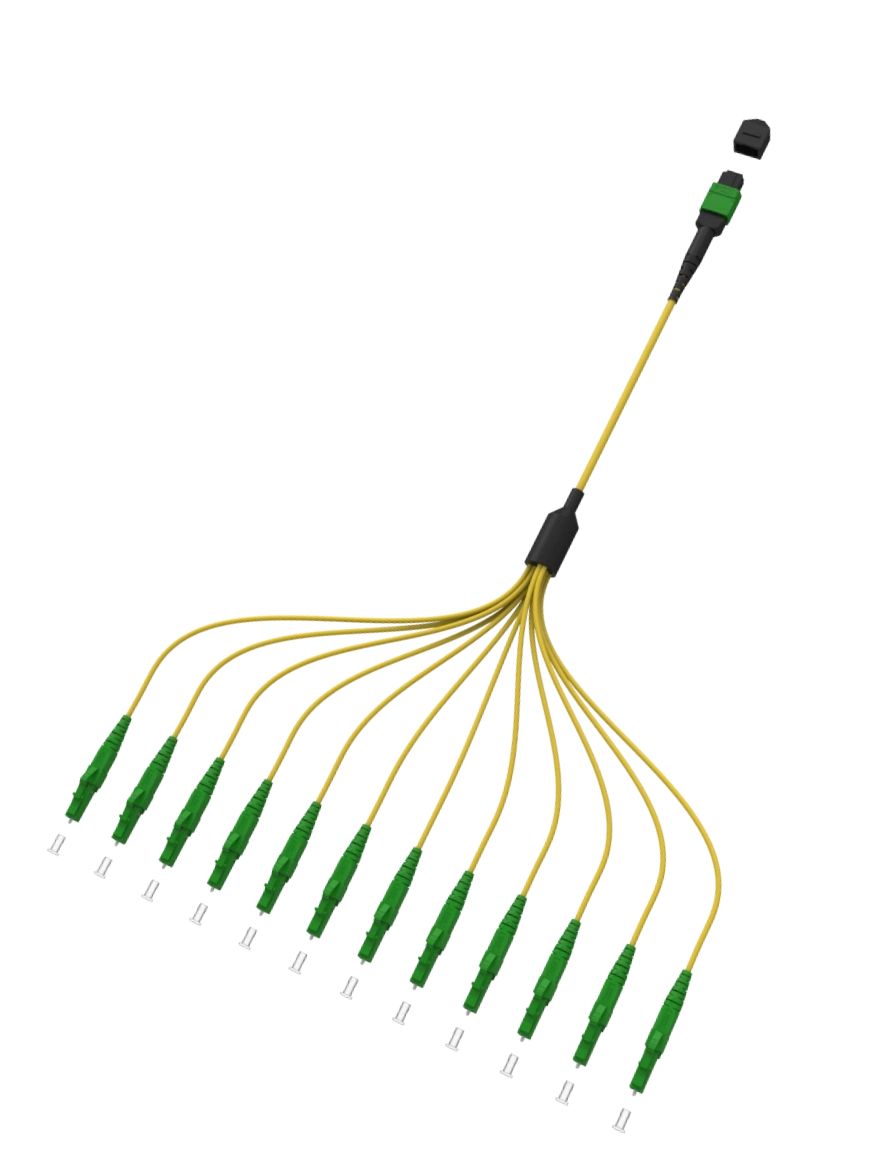An Exploration into the Classification of Optical Fiber Cables

The rapid advancements in communication technology have led to the extensive use of optical fiber cables. These cables are crucial for transmitting data over long distances with minimal signal loss. Understanding the classification of optical fiber cables is essential for selecting the right cable for specific applications. This article provides a comprehensive overview of the different classifications of optical fiber cables.
1. Classification Based on Mode
Optical fiber cables can be classified based on the mode of propagation of light through the fiber. The two primary modes are single-mode and multi-mode.
1.1 Single-Mode Fiber (SMF)
Single-Mode Fiber, as the name suggests, allows only one mode of light to propagate through the fiber. It has a smaller core diameter compared to multi-mode fiber, enabling a single mode of light to travel through it. SMF is ideal for long-distance communication and high-speed data transmission, making it suitable for applications such as telecommunication networks and internet backbone infrastructure.
1.2 Multi-Mode Fiber (MMF)
Unlike single-mode fiber, multi-mode fiber allows multiple modes of light to propagate through the fiber. It has a larger core diameter, which facilitates the simultaneous transmission of multiple light modes. MMF is commonly used in short-range communication applications such as local area networks (LANs) and data centers.
2. Classification Based on Design
Optical fiber cables can also be classified based on their design and construction. The main classifications based on design are loose tube cables and tight-buffered cables.
2.1 Loose Tube Cables
Loose tube cables consist of one or more optical fibers placed inside loose buffer tubes. These buffer tubes provide protection to the fibers against external forces and moisture. Loose tube cables are commonly used in outdoor installations and harsh environments due to their superior protection against water and temperature variations.
2.2 Tight-Buffered Cables
Tight-buffered cables have a more compact design, with each fiber individually coated with a protective material. These cables are more flexible and easier to install compared to loose tube cables. Tight-buffered cables are typically used for indoor applications where protection against moisture and extreme temperatures is not a primary concern.
3. Classification Based on Operating Wavelength
Optical fiber cables can also be classified based on the wavelength of light they can transmit. The two main classifications based on wavelength are single-window and multiple-window fibers.
3.1 Single-Window Fiber
A single-window fiber is designed to transmit light within a specific wavelength range. These fibers are commonly used in applications where a single wavelength is sufficient, such as long-haul communication systems.
3.2 Multiple-Window Fiber
Multiple-window fiber, as the name implies, can transmit light within multiple wavelength windows. These fibers are typically used in wavelength-division multiplexing (WDM) systems, where multiple wavelengths are simultaneously transmitted over a single fiber.
In summary, optical fiber cables can be classified based on the mode of propagation, design, and operating wavelength. Understanding these classifications is crucial for selecting the appropriate cable for specific applications, ensuring optimal performance and reliability.



